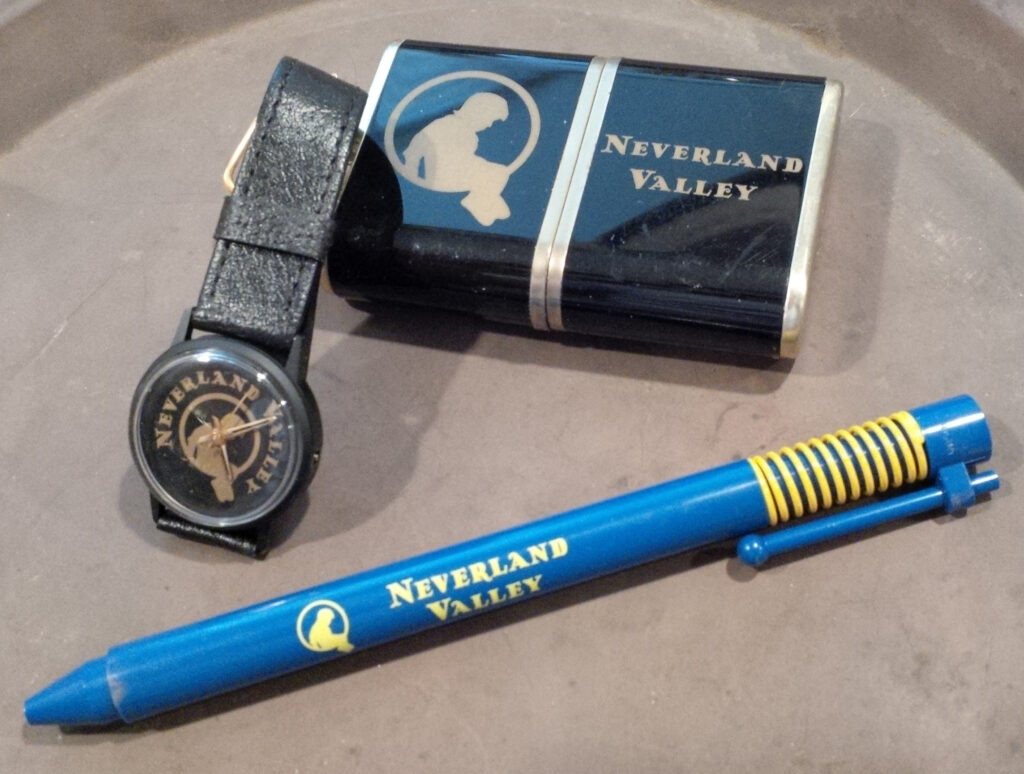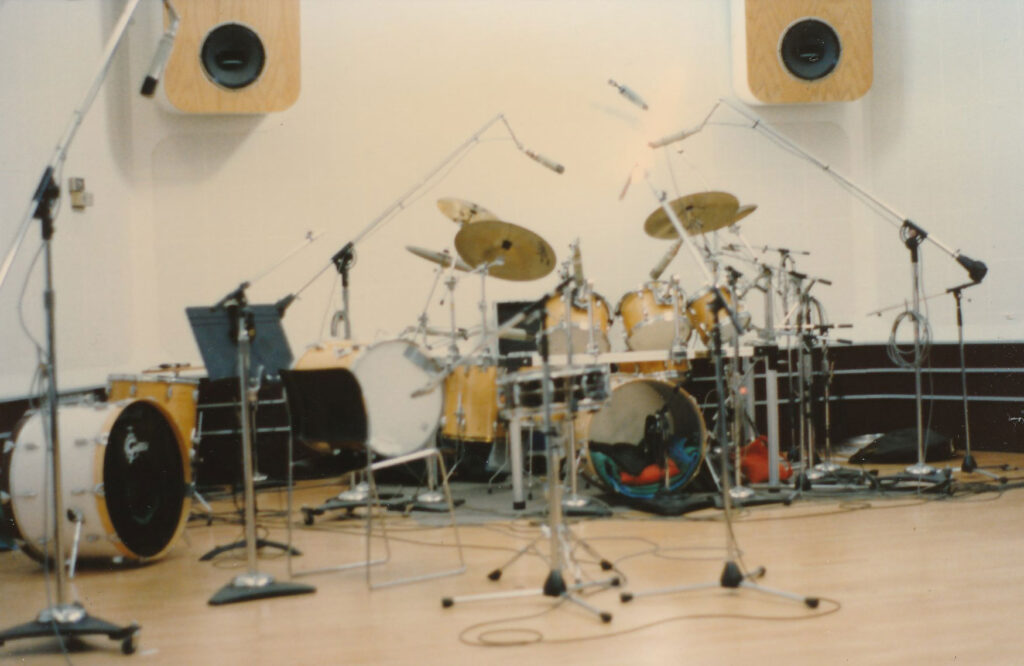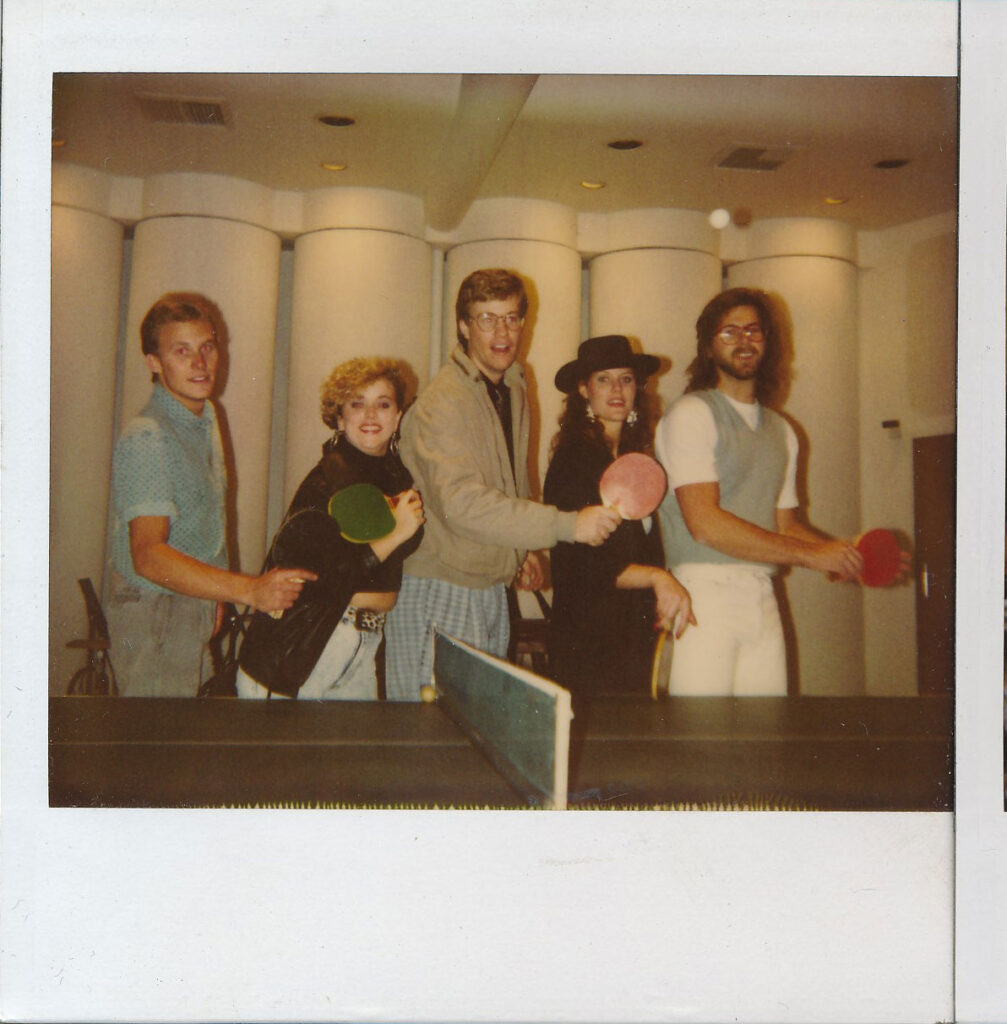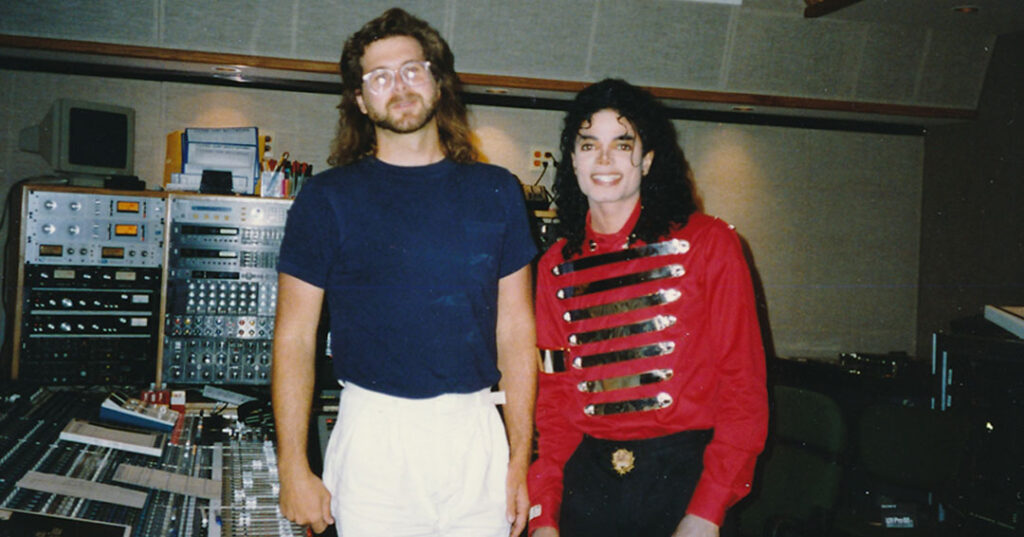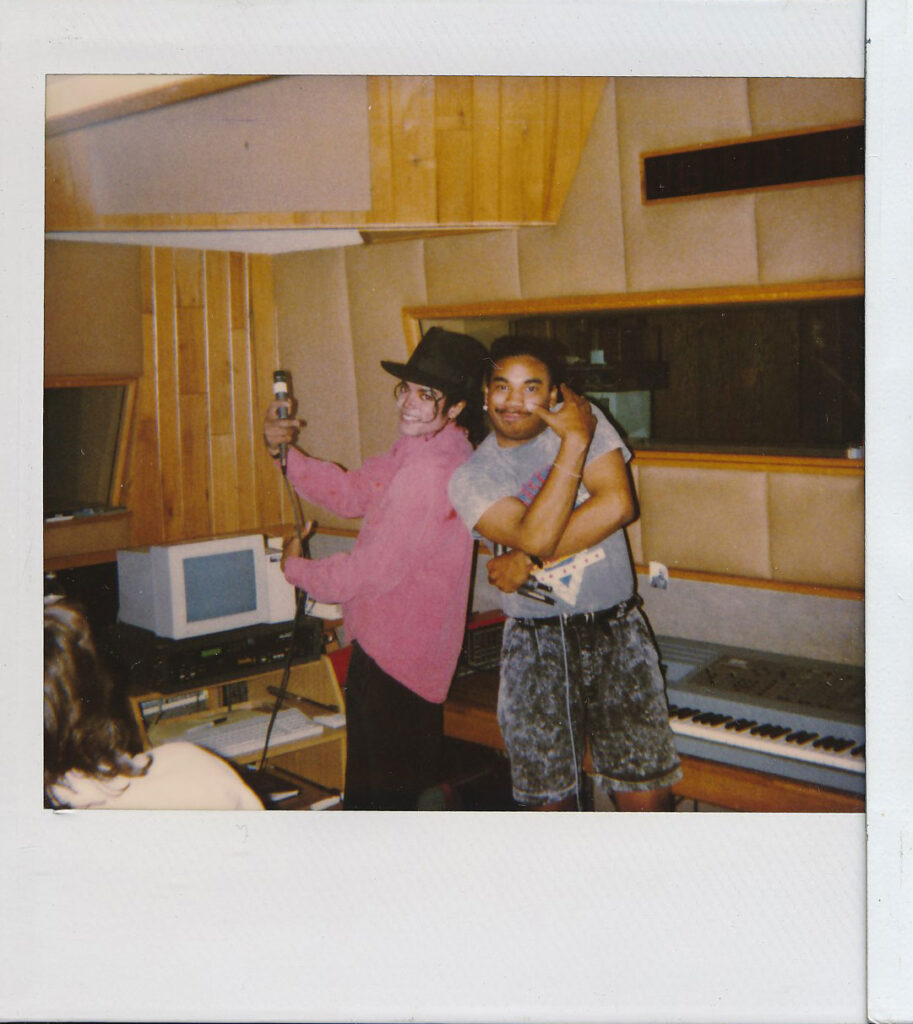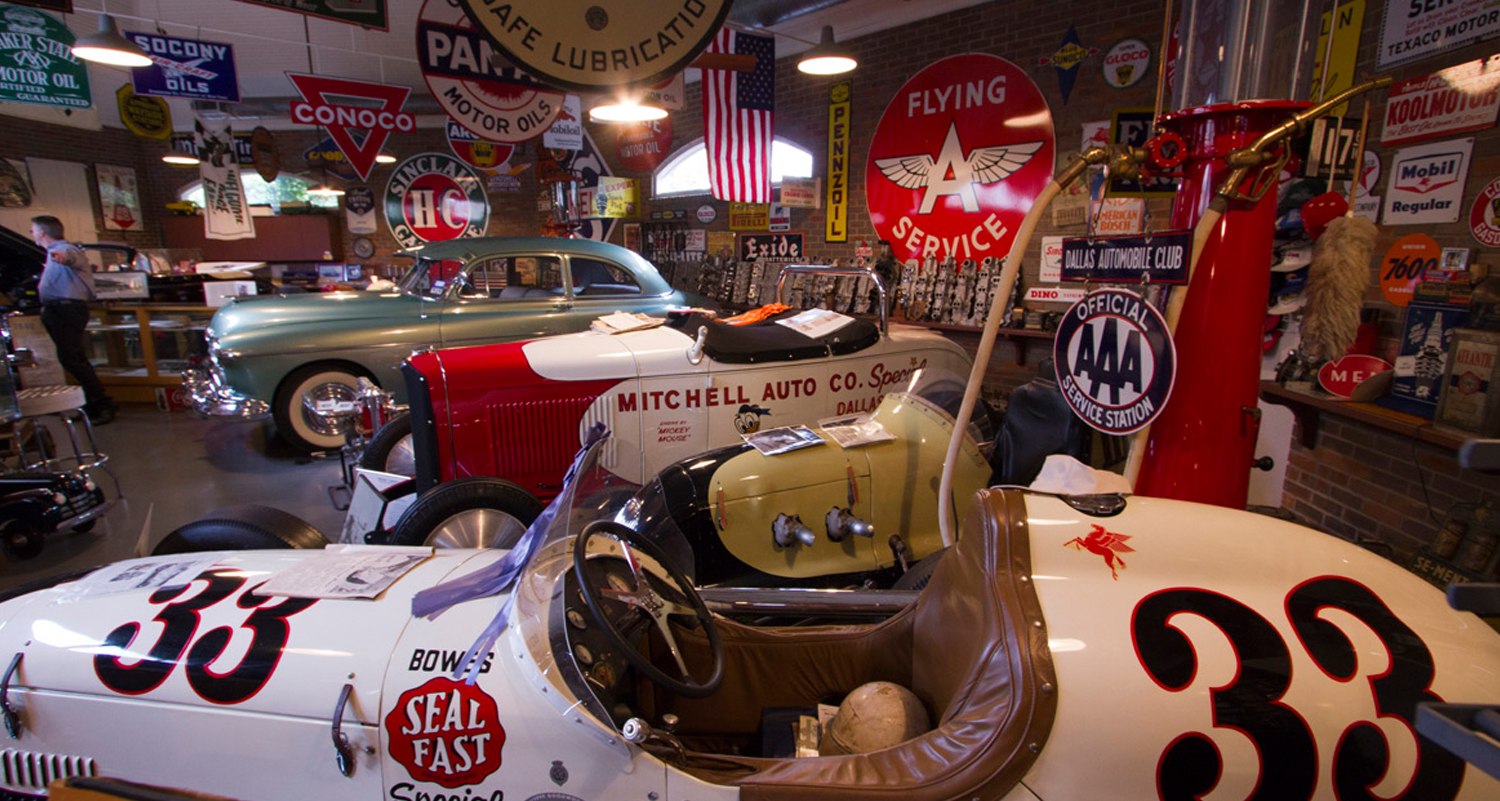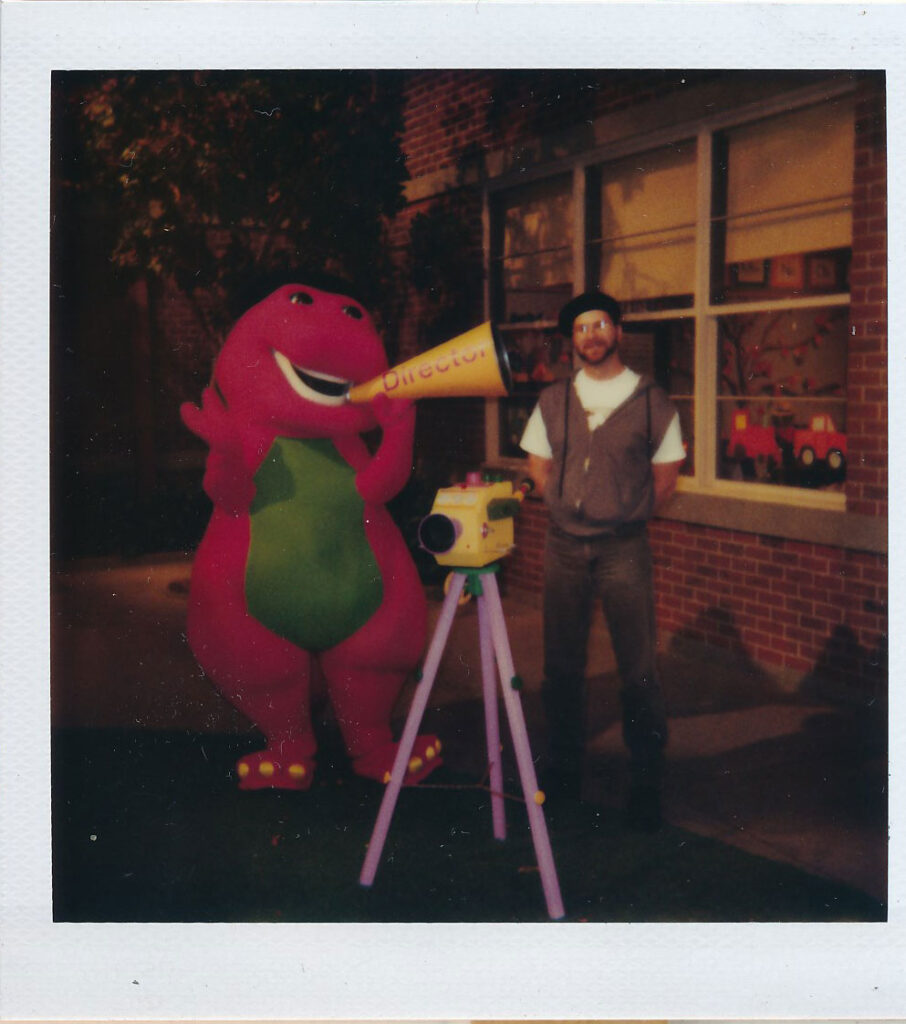
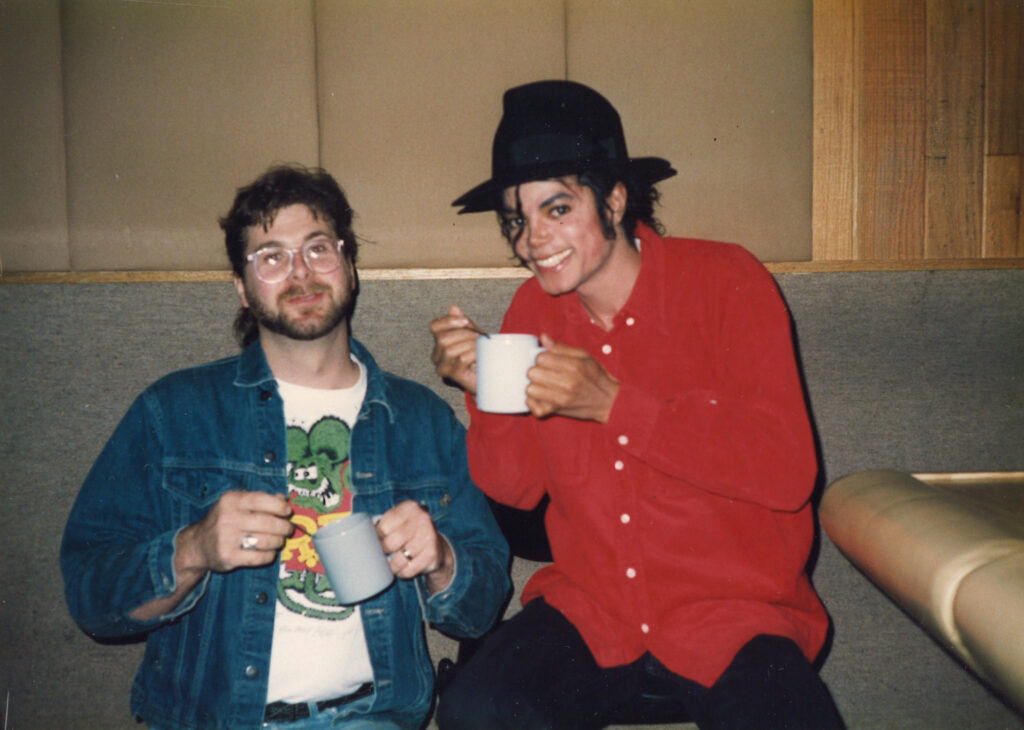

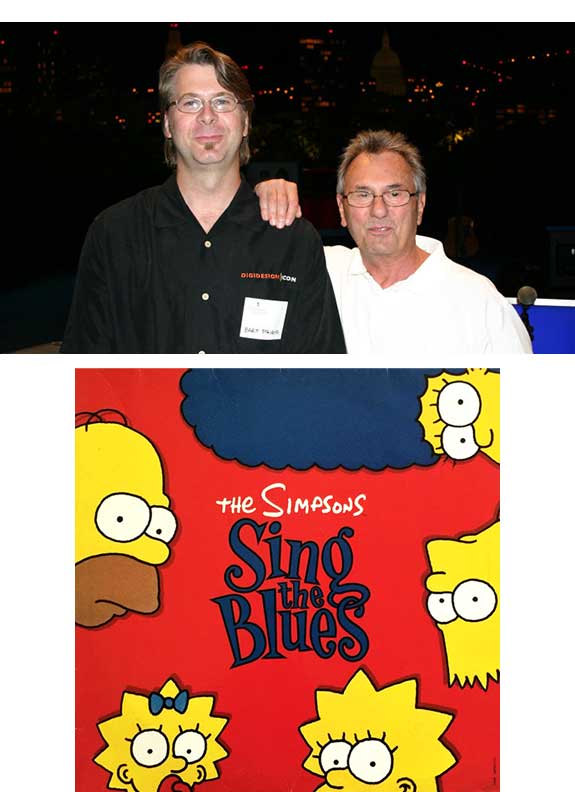
With a recently acquired degree in Radio & Television, Bart Stevens moved from Texas to Los Angeles in 1984, intending to work in recording studios on the technical side. A few short months later, he landed his first job as a second engineer at Martinsound Studios in Alhambra. Although not in the middle of Hollywood, Martinsound had the largest collection of (working) vintage tube mics in Southern California. The highly regarded mics and the large studio attracted an assortment of clients, including custom choral projects, music publishing houses, and large string dates for B movie soundtracks like Critters, and Troll, which starred Sonny Bono!
In 1987, there was an opportunity to move over to Schnee Studios in the same role as second engineer. At Schnee Studio, located in North Hollywood, Bart joined a team of engineers. The more diverse client list included jazz, pop, rock ‘n’ roll, and soundtracks. Bill Schnee, the owner, was known worldwide for his skills as a producer and mixing engineer, and this pulled in great talent and mainstream projects. The recording studio at Schnee’s was a favorite for many artists, so when they got the chance, they brought projects to 4166 Lankershim Boulevard, nestled between Universal Studios and George Barris’ Kustom Shop. It was at Schnee Studio where Bart was able to work with Mark Knopfler, Jack Joseph Puig, Kenny Loggins, Randy Newman, Toto, Boz Scaggs, George Benson, and many more award-winning artists.
When an opportunity to take a staff position at Ocean Way Recording was offered to Bart in early 1990, he could not turn down the chance to work at one of the leading studios in the history of recorded music. Alan Sides, who owned Ocean Way, also owned the United Western Recorders, a couple of doors down from Ocean Way on Sunset Boulevard. Record One, in the Sherman Oaks area of the Valley, was also owned by Sides. After a month at the Ocean Way facility, Bart was transferred to the lockout Michael Jackson sessions at Record One on Ventura Boulevard.

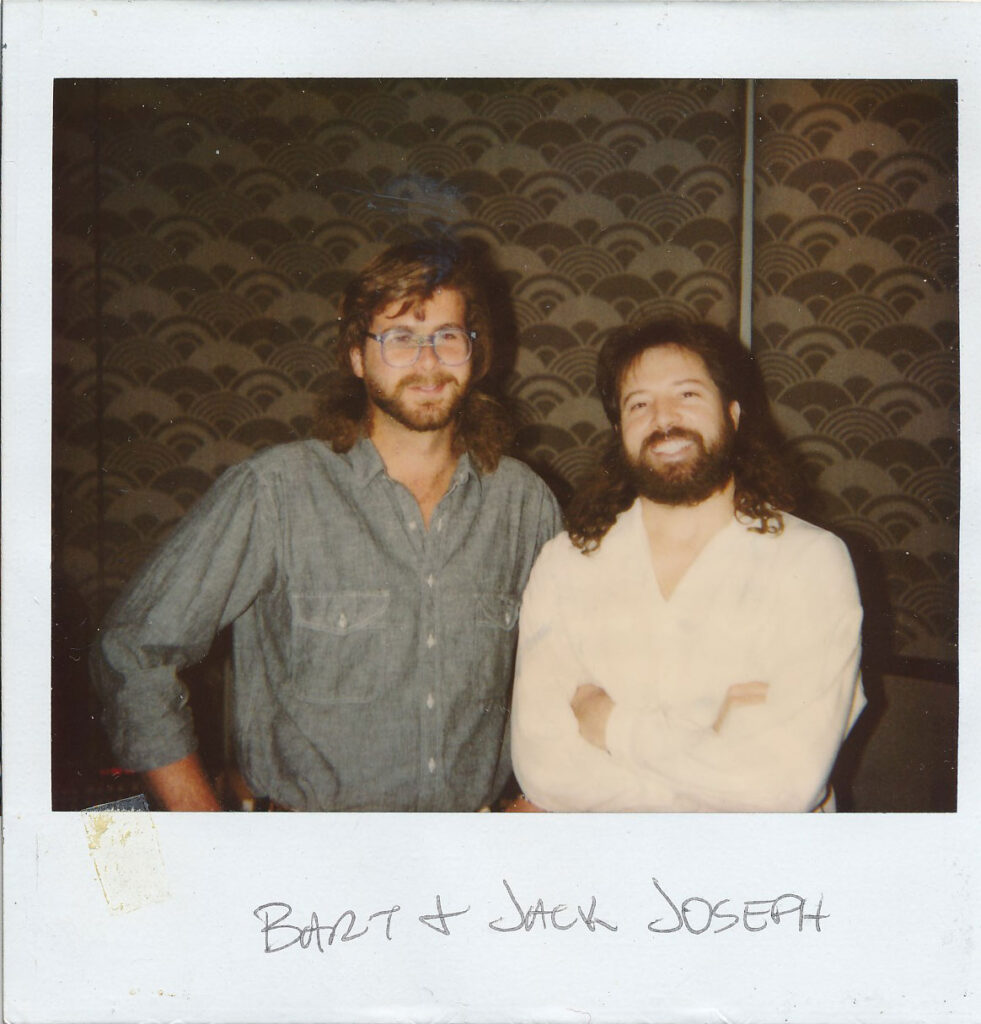
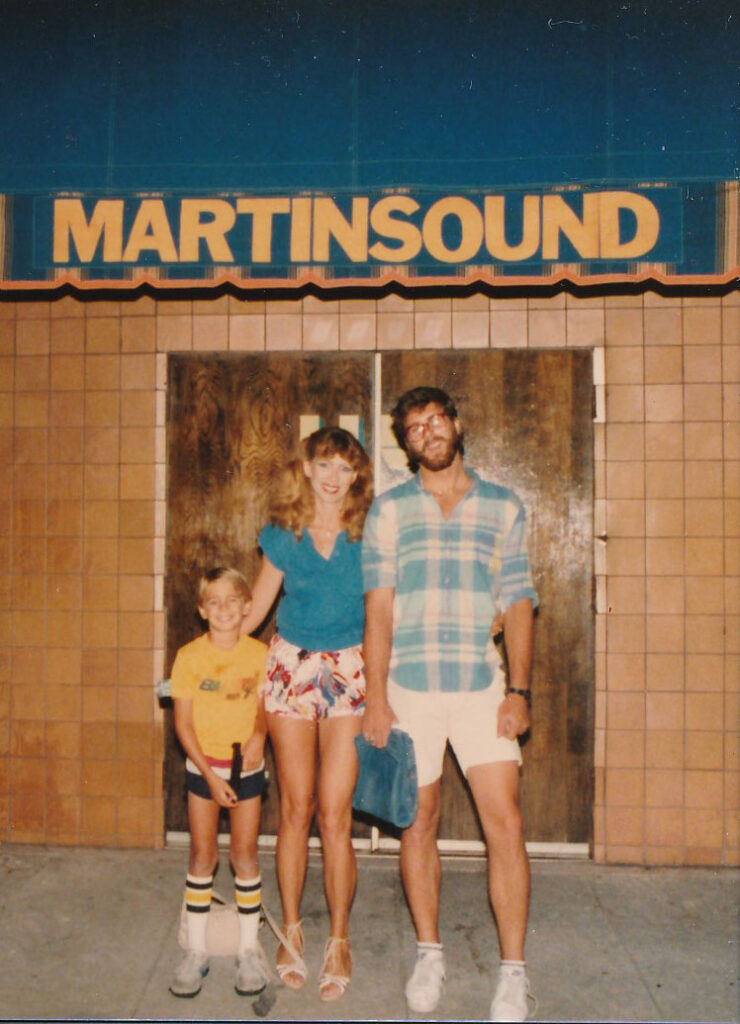
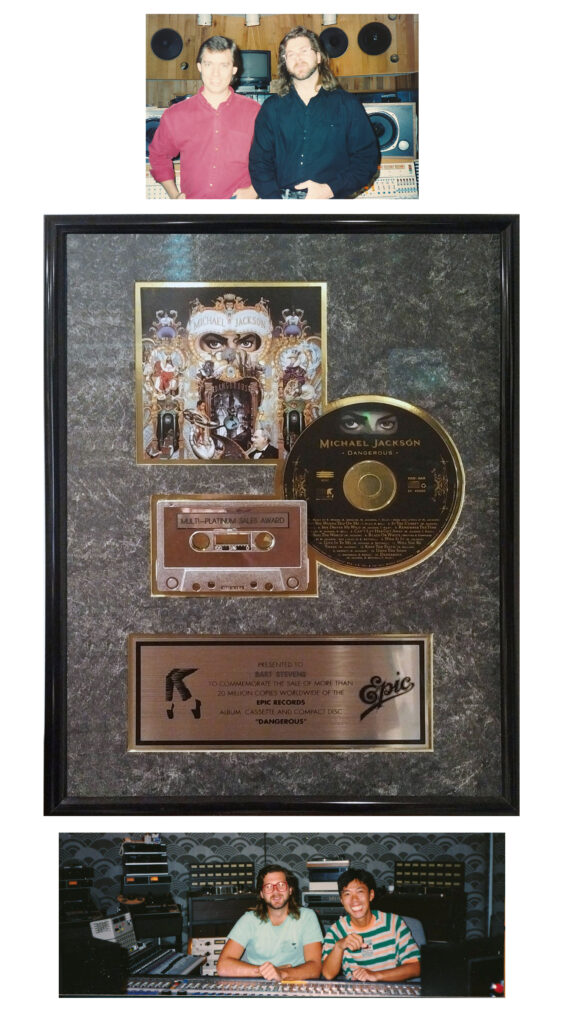
The next 22 months were who’s who of talented musicians as Michael crafted his songs, while there was always a steady flow of celebrity visitors. By the time the Dangerous album project wrapped up, the team had worked on over forty songs, completed a few tracks for the Simpsons Sing the Blues, and had visits from Madonna, Steve Wynn, Eddie Murphy, Sean Lennon, David Lynch, and many more.
When Michael Jackson finished recording at Record One, the studio was made available for other clients. During the following year, Bart worked on projects for Spinal Tap, Dolly Parton, Kiss, Indigo Girls, Joe Satriani, George Strait, Herbie Hancock and others.
One thing was consistent in all the sessions over the years, and that was that there was an exceeding amount of talent in the music industry. Day in and day out, there was a cast of characters who passed through, some for two hours, some for two years. The memories are rich from the days in the studio, whether it was standing between Dolly Parton and Gene Simmons while they were trying to one-up each other, or playing ping pong with Laura Branigan, or having homemade ice cream with Michael Jackson.
Starting in 1990, Bart also worked freelance on projects at Michael’s recently acquired Neverland Valley Ranch, predominantly designing and building sound systems in the main house, zoo, amusement park, and train stations as the Ranch expanded to accommodate Michael’s vision for his guests.
In 1993, Bart transitioned from working in the studio full time to working part time at Neverland Valley as an audio engineer on TV shows, including Married with Children and Roundhouse, and executing technical wiring projects for audio equipment. These freelance gigs lasted until returning to Texas in 1995, where he immediately went to work as an audio engineer on TV commercials and programs such as Barney and Wishbone.
As the 1990s came to a close, so did Bart’s career as an audio engineer. He transitioned to sales of professional audio visual production equipment and systems. It was a natural path for the talented engineer because he had worked with much of the gear he was now selling. And probably more importantly, his clients were his peers, who knew and trusted him. As a result, when he stepped aside from audio visual production equipment sales in 2014, he had sold millions of dollars of advanced high-end production and network-based systems.
